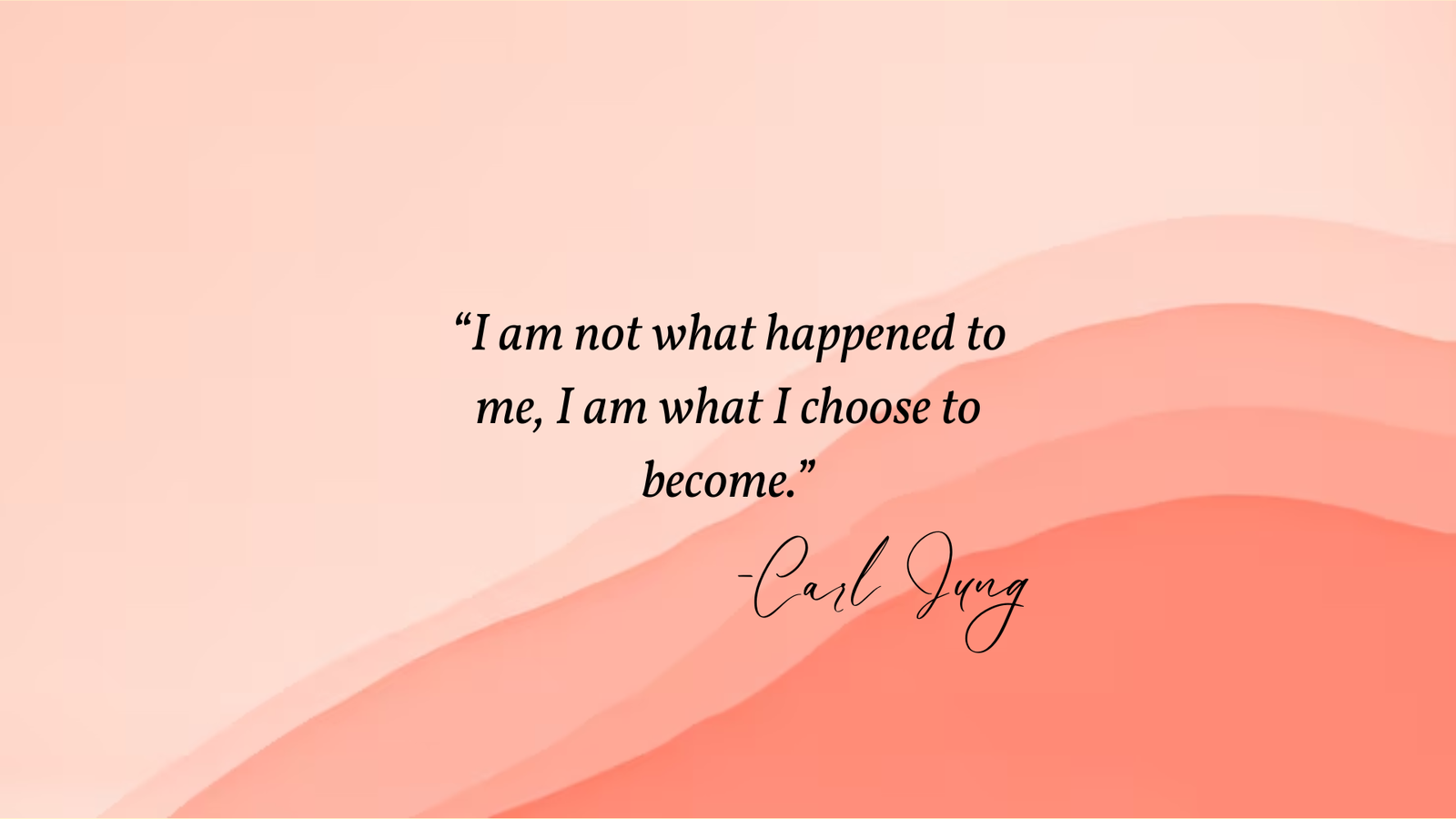
As mentioned earlier, “Life is a balance between holding on and letting go”, holding on to hope and light, holding on to the moments of joy and elation, surfing on the waves of present moment, knowing your own self worth, holding onto self-assurance and humility, thriving with healing and growing with peace. In the previous blog we discussed how holding onto things hampers our growth and dim our happiness. In this blog, we shall discuss some effective and psychologically approved ways to learn the art of letting go.
We need to forgive and let it go without drowning into it not for others but for the goodwill and sanity of our own selves. Consistently pondering upon the negativity and distress ends up disrupting our peace and mental well-being. Letting go is not erasing or forgetting what happened but not trying to have control over it.
Here are some ways which may help it out and make it a bit easier to ‘let go’ — allow yourself to feel it, don’t run away from the emotion or feeling. Instead of blaming yourself, guilt-tripping, regretting, fighting or projecting it onto anybody else, accept. Accept it with grace and embrace it. Approaches like Acceptance and Commitment Therapy (ACT) encourage this kind of acceptance and emotional presence. ACT uses mindfulness and acceptance strategies to help individuals sit with difficult thoughts and feelings rather than fighting them, teaching that thoughts are just thoughts—not necessarily truths—and that peace often lies in allowing discomfort without judgment.
Once you’ve accepted, free yourself from the weight and resistance — express. Either through words — verbally or penning it down, or by releasing it through meditation or your own creative expression such as dancing it out or painting it either. Talk about it, if not to others then to your own self. Unwind it page by page and set it free. Blend in emotions with rationality and you’ll know the power of a good self-talk.
Instead of centring upon the problem, adapt a solution-oriented approach. Instead of focusing upon the flaws, find ways. Tranquility comes with knowing that not everything is in our control and we are not accountable for things beyond our reach. This is where Cognitive Behavioral Therapy (CBT) becomes relevant, as it helps one to first recognize negative thought patterns, then actively challenge those distorted beliefs, and finally replace them with more balanced, realistic perspectives. It also involves developing and practicing healthier behaviors in real-life situations to reinforce positive emotional shifts — reminding us that letting go isn’t just a mental act, but something that must be lived and repeated until it feels like freedom.
And at the end, in this entire process, be kind to yourself, love yourself and understand yourself better. It is not about absolute detachment but holding onto the things which actually matter, flourishes growth and nurture you and also while not giving up on your sensitivities and vulnerabilities.


Leave a Reply